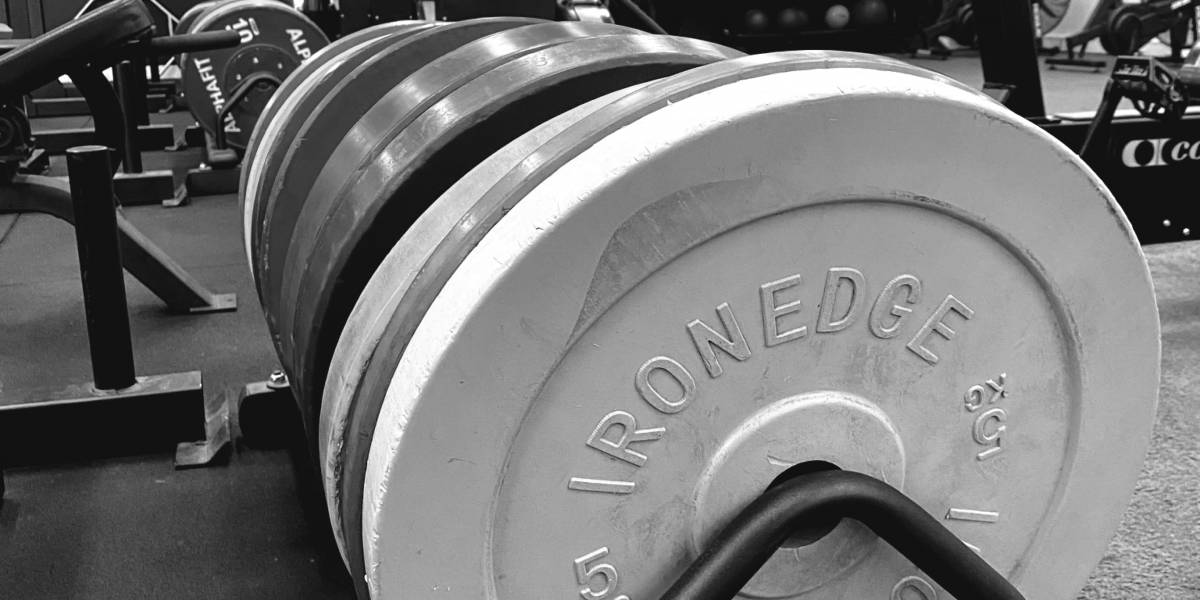Throughout your lifetime it is very common to collect injuries and little niggles here and there and you may think that the best thing to do is complete rest and terminating all activity. For a majority of, if not most of injuries there is always modifications you can do to still work on your goals without further damaging the area.

Throughout your lifetime it is very common to collect injuries and little niggles here and there and you may think that the best thing to do is complete rest and terminating all activity. For a majority of, if not most of injuries there is always modifications you can do to still work on your goals without further damaging the area.
There are strategies and variables that you can implement and change to improve/rehab the injured site. These include, range of motion (ROM), repetitions, weight, contraction type and plenty more. It can be very important to maintain some load in that injured site as this will help speed up the recovery time and maintain important strength qualities. Complete rest and de loading of that injured soft tissue (ligament, muscle, tendon) may actually result in the tissue to decondition and lose important strength qualities which will prolong the recovery period. A common misconception that pain equals damage but in most cases working through a little bit of pain (<3-4/10 pain scale) will not create further damage but can help you speed up the rehab process to help you get back to what you were doing before.
Obviously every injury is not created equal and may need a specific rehab process so there’s no blanket principle that works for every injury. So make sure you get assessed by a professional to help map out a plan for you but still keep in mind there is usually plenty of activity that you can continue.
Below are some considerations for if you are dealing with some kind of hip/back or knee/ankle injury. For working around hip/back injuries a great way to modify exercise is to use knee dominant exercises and or reduced ROM, whereas for knee/ankle injuries is to use more hip dominant exercises and also reduced ROM.
Back/Hip injury modifications (examples):
- Split Squat
- Reverse Lunge
- Bulgarian split squat
- Goblet Squat
- Box Squat
- 3/4 Squat
Knee/Ankle injury Modifications (examples):
- RDL
- Hip thrust
- Rack Pull
- Glute bridges
Here are only just a few of many modifications you can incorporate into your training around certain injury sites. If ever you would like to know more, feel free to reach out.